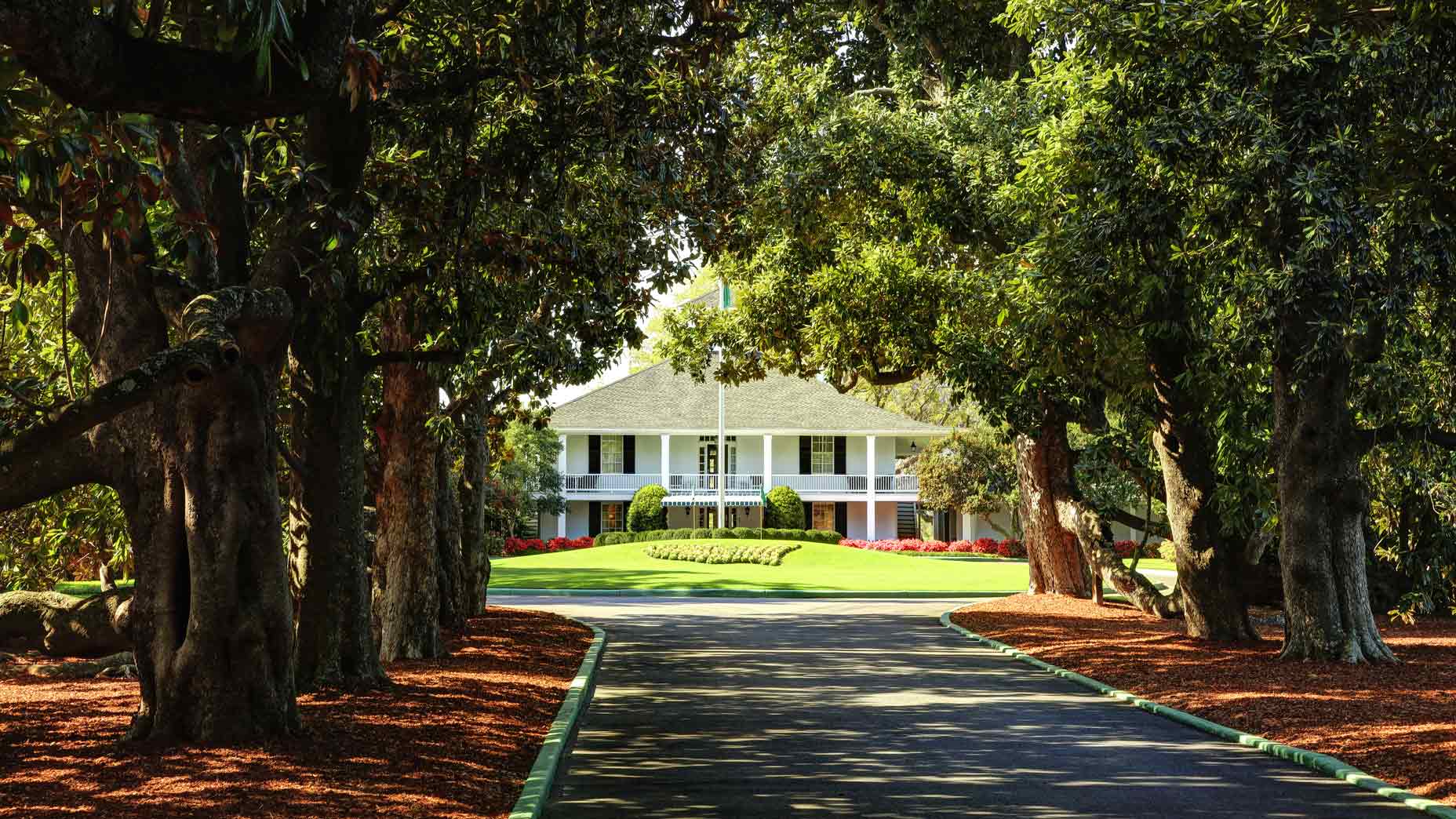One of the best things about the fact that the Masters has been played at the same course, Augusta National, for the better part of a century is that viewers have the chance to develop a sense of familiarity about the property without setting foot onsite.
We know how hard the opening tee shot is, where the hole locations are placed on Sundays, and how treacherous it can be when a player is faced with a putt above the hole.
The Masters has its own vernacular too, from using words like “patrons” and “pine straw” to “first and second nine.” For newcomers to the tournament, the course’s deep history and numerous references can be a bit overwhelming. But fear not! Below, check out our handy reference guide to Augusta National’s most famous landmarks.
1. Magnolia Lane
An iconic, 330-yard driveway that is lined on each side by magnolia trees and leads to the Augusta National clubhouse. You’ll see a lot of dash-cam-style arrival footage of this drive early in the week.
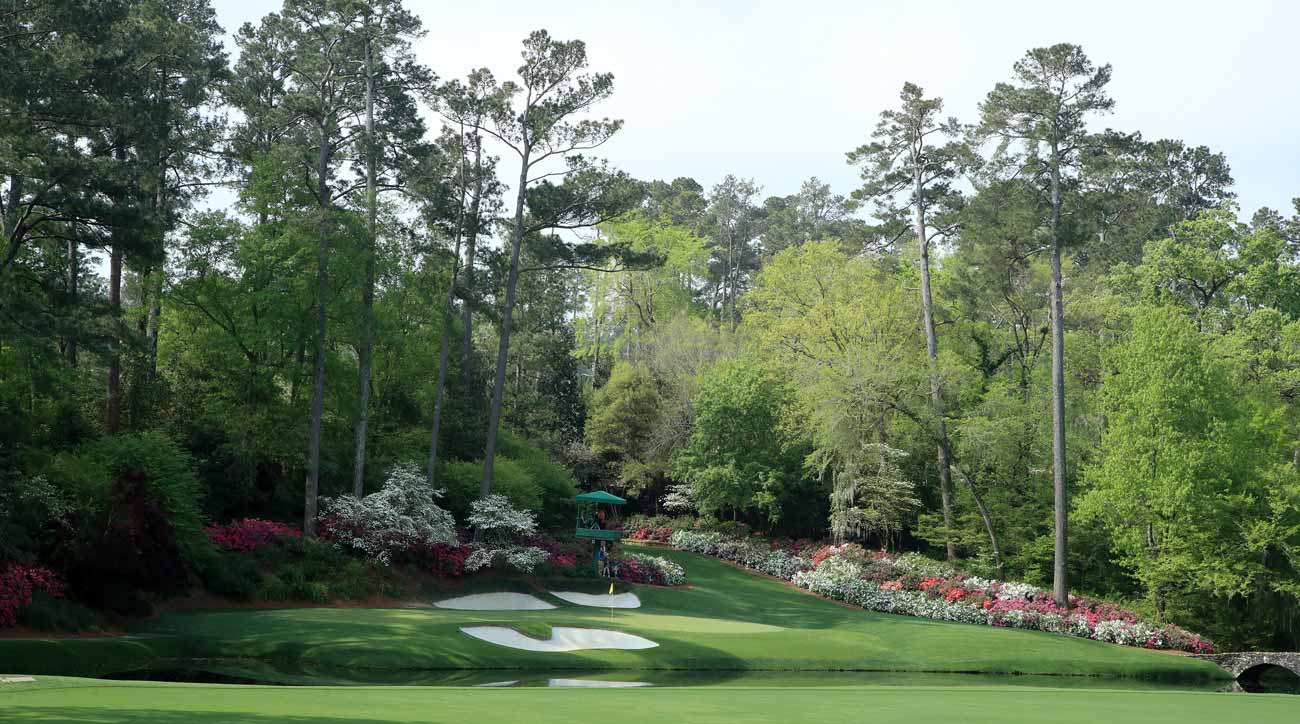
2. Amen Corner
The name of the area of the course that encompasses holes 11, 12 and 13. In 1958, Herbert Warren Wind used the description in an issue of Sports Illustrated, and it has stuck ever since. The par-3 12th is also Augusta’s signature hole, with the green framed by blooming azaleas in the spring.
3. Butler Cabin
One of many “cabins,” built on the property, Butler Cabin is most notable because it’s where the winner’s interview takes place every year, and where the winner gets to don his green jacket for the first time. The new winner is helped into his green jacket by the previous year’s winner.
4. Rae’s Creek
A body of water that winds behind the 11th green and in front of the 12th green, thereby adding intrigue to some of Augusta National’s most famous and consequential holes.
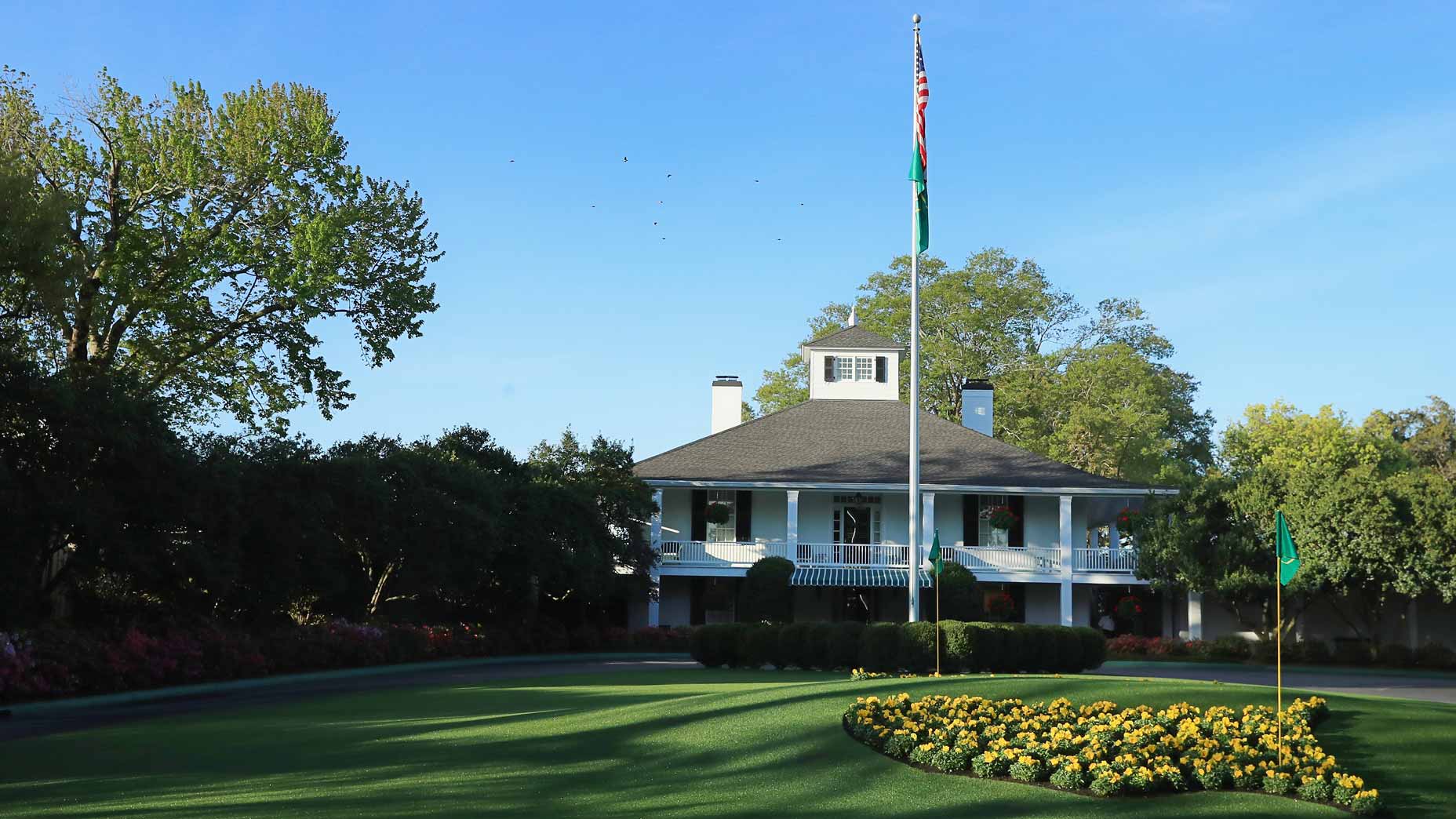
5. Founder’s Circle
An area in front of the Augusta National clubhouse that is a popular spot for photos because of the picturesque setting, complete with plaques and an Augusta National logo made of flowers.
6. Hogan Bridge
A stone bridge that takes players over Rae’s Creek to Augusta National’s 12th green. The bridge was named for Ben Hogan in 1958 to commemorate Hogan’s four-round total score of 274 (70, 69, 66, 69) in 1953, which eclipsed the previous scoring record by five shots.
7. Nelson Bridge
The bridge from the 13th tee to the fairway that was named for Byron Nelson in 1958 for his scores of 2 and 3 on Nos. 12 and 13, which propelled him to victory in the 1937 Masters.
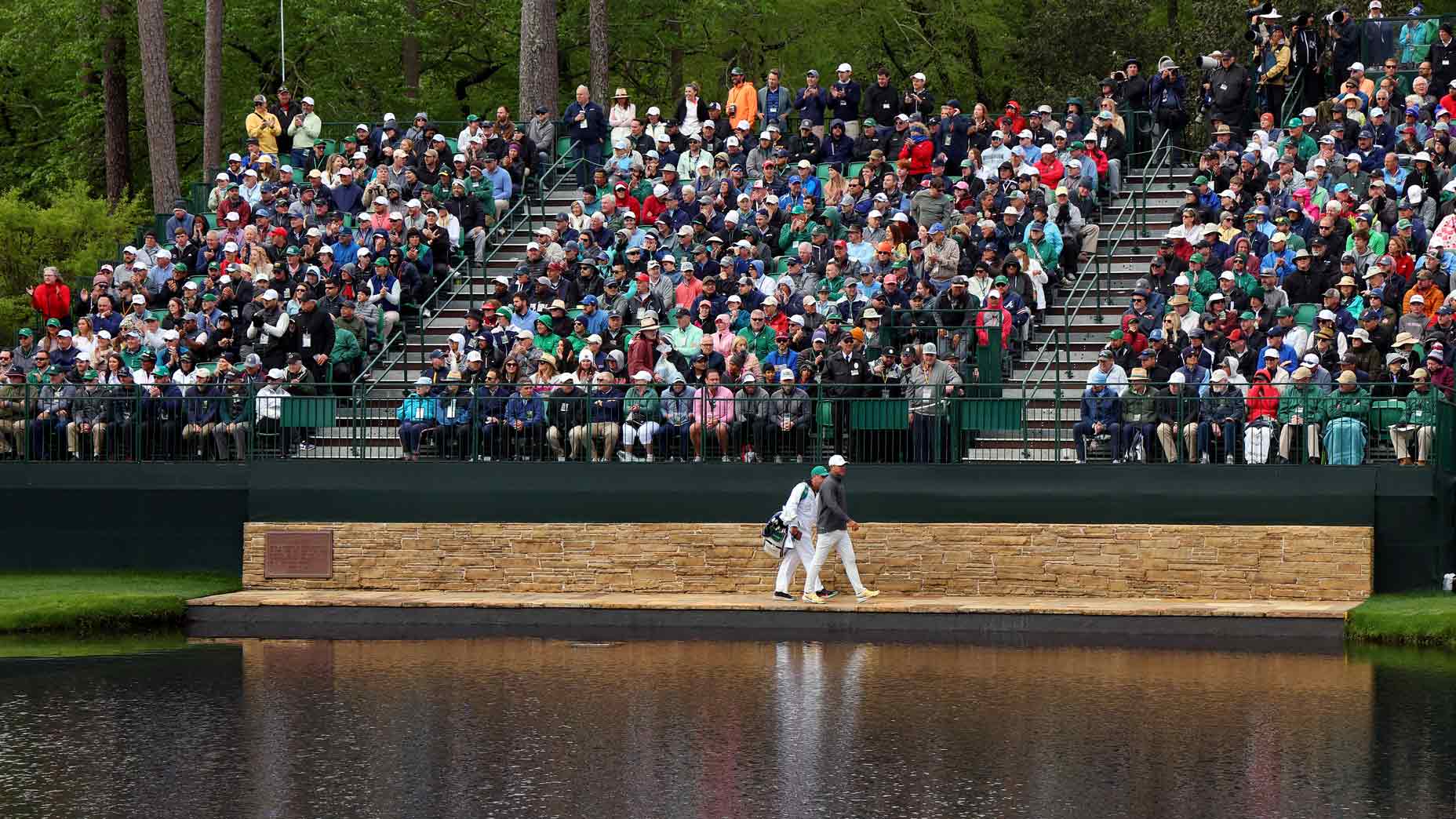
8. Sarazen Bridge
The first bridge ever dedicated to a player at Augusta National, the Sarazen Bridge was named for Gene Sarazen in 1955 to commemorate his holed 4-wood from 235 yards on No. 15 in 1935, which propelled him into a playoff, which he won.
9. Crow’s Nest
The Masters traditionally hosts a handful of amateur players at each year’s tournament, some of whom take up residence in a cozy room on the third floor of the Augusta National clubhouse called the Crow’s Nest. The room has five single beds partitioned-off from the common living room, a full bathroom with a shower, a television and WiFi. From the window. there’s also a view of Augusta’s 1st hole.
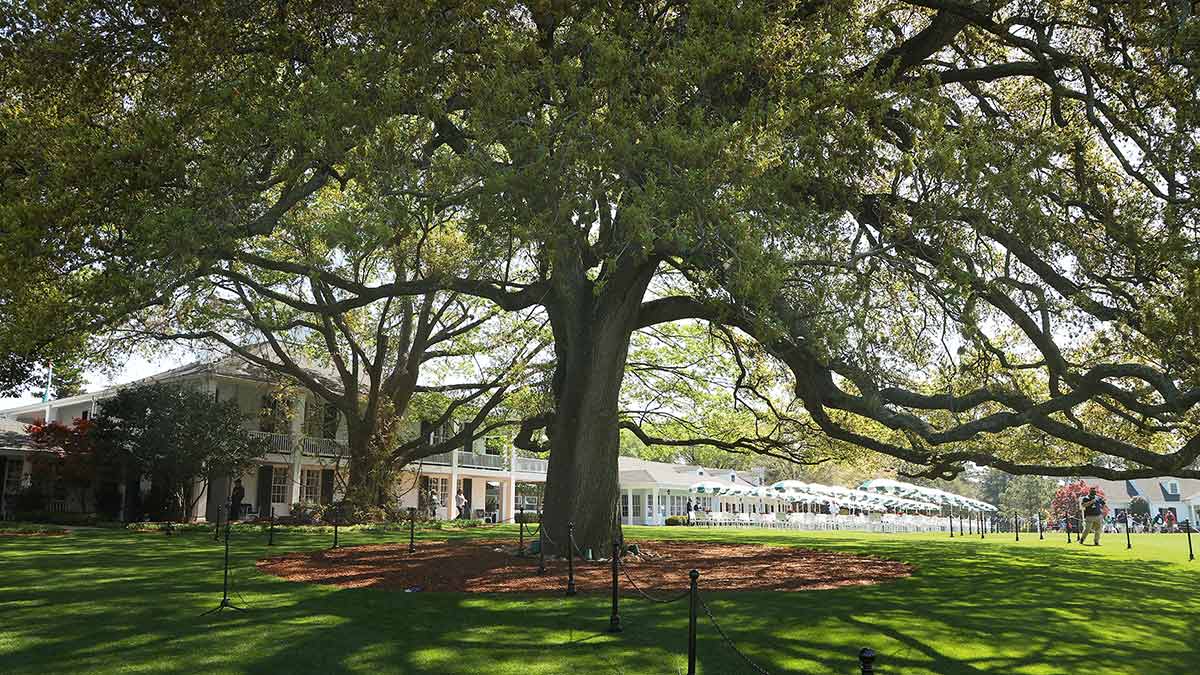
10. Big Oak Tree
Located in between the Augusta National clubhouse and the first tee, the Big Oak Tree is where golf’s power-brokers gather at Augusta. In this story from 2023, GOLF’s Josh Berhow described the Tree’s enduring significance: “It’s in the middle of everything. Players walk under it when they leave the practice area, head to the clubhouse or locker room and make their way to the 1st tee box or nearby putting green. Walking back to the clubhouse area from the course, The Big Oak is your lighthouse, visible from hundreds of yards away.”
